The corporate landscape has frequently been scarred by the remains of companies that made poor choices involving mergers and acquisitions. After separate, disastrous mergers, both Daimler Benz and New York Central Railroad failed to survive. Yet others like Mattel not only manage to survive an ill-advised merger, they can often be found still conducting business more than a decade or more after making a serious corporate error. Figuring out why one merger or acquisition fails while another succeeds is a bit like reading a real-life mystery story.
Here’s a brief look at three mergers that went terribly wrong, leaving only one company – Mattel -- still standing.
Merger Errors Made by New York Central Railroad, Mattel and Daimler Benz
New York Central Railroad’s merger with Penn Central. It’s hard for many of today’s young adults to envision an America still largely dominated by train travel. Yet that describes this country until airlines began attracting more passengers and certain types of commercial cargo during the 1960s with lower fares, fees and better itineraries. It was during this huge cultural shift that New York Central Railroad spent close to a decade trying to figure out how to successfully merge with its past rival, Penn Central. While theories vary as to what actually went wrong, perhaps it really was due at least partially to the new Penn Central Railroad being “unable to keep up with the rising costs of employees [and] government regulations . . . [while] facing major cost-cutting” measures. Unfortunately, just over two years after it was formed, Penn Central was forced into bankruptcy. (An interesting book praised by The New York Times has been written about this merger and is entitled: The Wreck of the Penn Central);
When Daimler Benz got hitched to Chrysler. Back in 1998, many were optimistic when Germany’s Daimler Benz decided to merge with America’s Chrysler, forming Daimler Chrysler for a “mere” $37 billion. Yet this pairing did not produce “a trans-Atlantic car-making powerhouse that would dominate the markets.” In fact, by 2000, “major losses were projected and, a year later, layoffs began.” When 2007 rolled around, Daimler Benz wound up selling Chrysler to Cerberus Capital Management for roughly $7 billion – clearly indicative of major losses;
When Mattel merged with The Learning Company. Many adults who grew up during or after the late 1940s can easily rattle off a string of Mattel toys by name. In fact, Mattel seemed to always know just what types of toys kids wanted and what their parents were willing to buy for them. By the time 1999 rolled around, many believed a merger between Mattel and the accomplished educational software business, The Learning Company, would prove highly successful. Yet this merger clearly didn’t turn out well. In fact, less than a year after the two companies merged, “The Learning Company lost $206 million, taking down Mattel’s profits with it. By early 2000, Mattel was losing $1.5 million a day and its stock price kept dropping.” When late 2000 rolled around, Mattel sold The Learning Company – but it “was forced to lay off 10 percent of its employees in order to cut costs.” Fortunately, as of 2014, Mattel is still doing business and remains a viable player in both the national and international toy markets -- even though it still struggles with some product lines, and has recently suffered lower profits. According to one article, Mattel is now carefully studying the successful product lines of competitors like Hasbro in hopes of one day denominating this commercial field again.
To obtain help with handling all of your Georgia business planning needs, please contact Shane Smith Law today. You can schedule your free initial consultation with a knowledgeable Peachtree City estate planning attorney by calling: (980) 246-2656.



